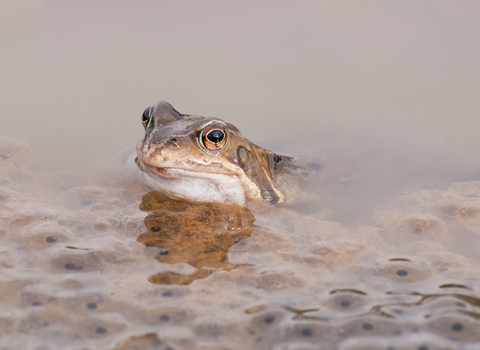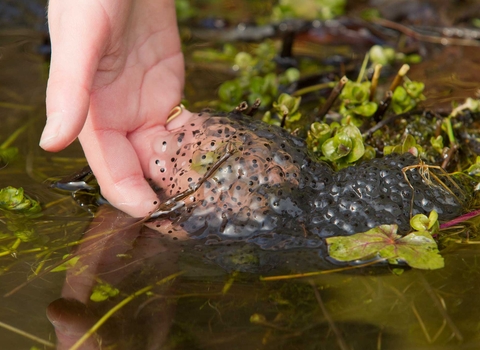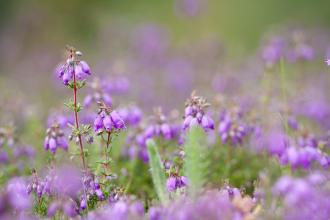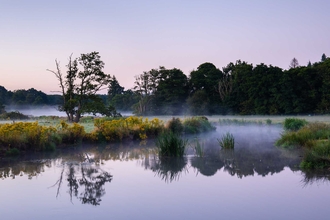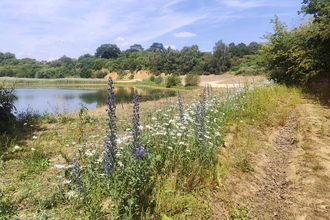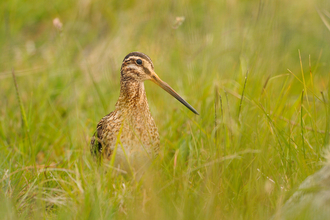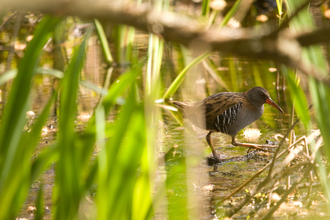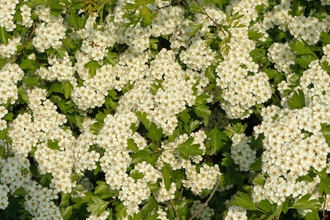Hopping to it
Every spring, thousands of frogs and toads leave their over-wintering sites and begin the journey back to their birthplace to reproduce. Migration can occur at any time between January and April but frogs and toads generally emerge after a spell of damp, mild weather.
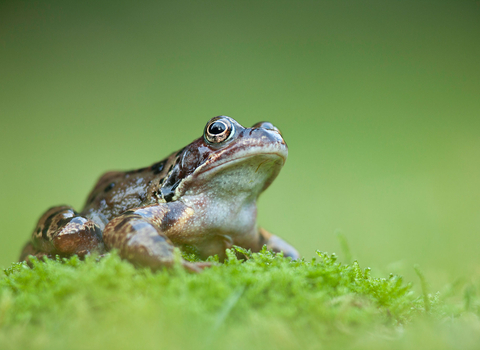
© Guy Edwards/2020VISION
Common frog
The common frog breeds in ponds during the spring and spending much of the rest of the year feeding in woodland, gardens, hedgerows and tussocky grassland. It varies in colour enormously, from green to brown and even red or yellow. It has smooth skin, a dark 'mask' behind the eye and long back legs, covered in dark bands. It hops and jumps rather than walks.
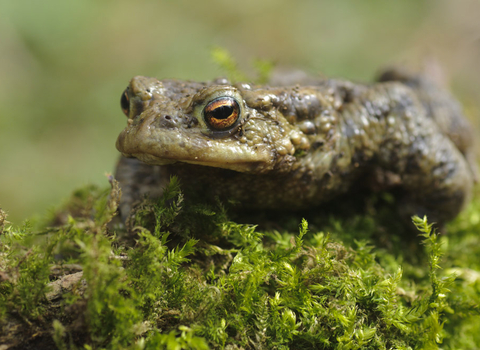
© John Bridges
Common toad
Like frogs, toads breed in ponds during the spring and spending much of the rest of the year feeding in woodland, gardens, hedgerows and tussocky grassland. They are famous for their mass migrations back to their breeding ponds on the first warm, damp evenings of the year, often around St. Valentine's Day. Common toads tend to breed in larger, deeper ponds than common frogs, but still frequent gardens. They hibernate over winter, often under log piles, stones or even in old flower pots!
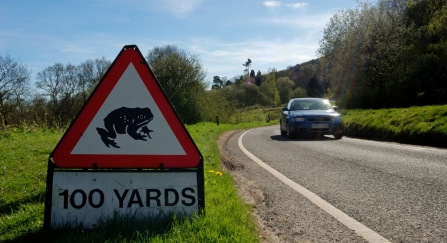
© Linda Pitkin/2020VISION
Toads on the road!
Toads are creatures of habit and will use the same migration routes back to their breeding ponds every year, covering up to two kilometres. However, over time, these migration routes have been obstructed and roads are by far the biggest obstacle facing toads. it's estimated that twenty tonnes of toad are run over each year!
Road deaths, along with the loss of breeding ponds, is having a significant impact on toad populations, which have declined by 68% in the last 30 years. To help combat this, the Surrey Amphibian & Reptile Group (SARG) runs a number of toad crossings, which are manned by volunteers for a few spring nights, every year, in late February or early March. The volunteers use buckets to collect any frogs, toads or newts which attempt to cross roads, and safely transport them to the destination side of the road.
If you are aware of a toad-crossing location in Surrey that is not listed, and believe it should be considered as an official crossing site: please download the form below and submit it to the address listed.
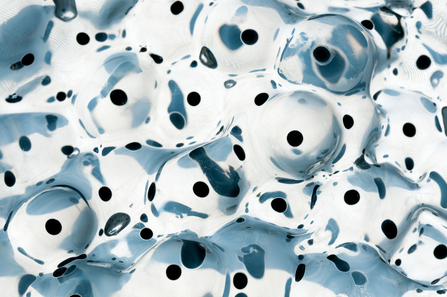
© Ross Hoddinott/2020VISION
How to tell the difference between frogspawn and toadspawn
Telling the difference between toad and frog spawn is very simple.
Frogspawn
Frogspawn is laid in big clumps of jelly and spawning takes place during early spring, starting in the south of Britain as early as January.
Tadpoles take up to sixteen weeks to grow back legs. The front legs follow before they metamorphose into froglets, which leave the water in early summer. 'Mature' tadpoles are faintly speckled with a gold/brown colouration.
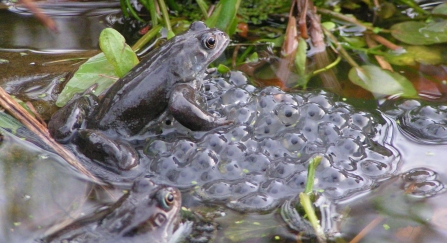
© Richard Burkmar
Toadspawn
Toads lay long strings of eggs - a bit like a pearl necklace.
Like frogs, toads take up to 16 weeks to grow legs. When they have fully absorbed their tails the toadlets leave the pond - usually after rain. Toad tadpoles are jet-black and may swim in shoals.
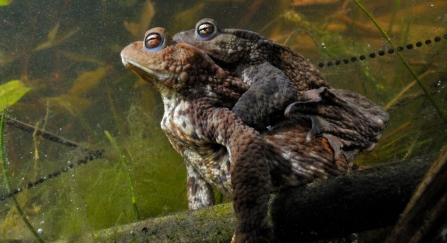
© Linda Pitkin/2020VISION
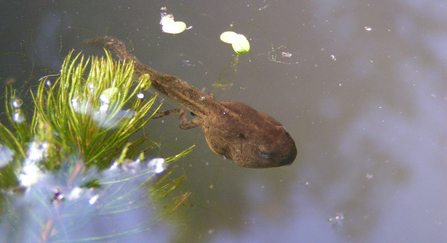
© Richard Burkmar
Frog & toad FAQ
If you have a question about frogs, toads or their spawn, the Amphibian and Reptile Conservation Trust has a useful FAQ page that answers many common questions.

